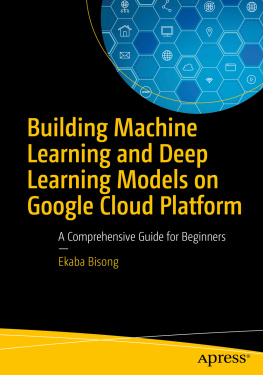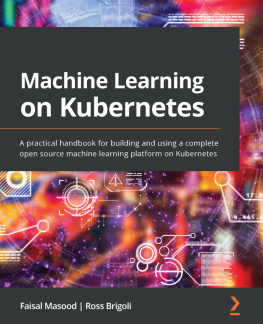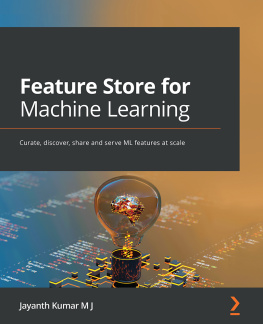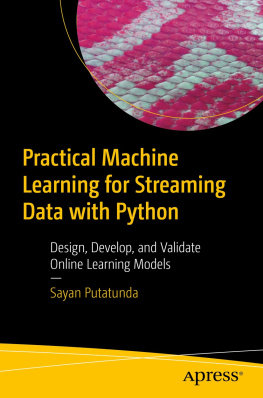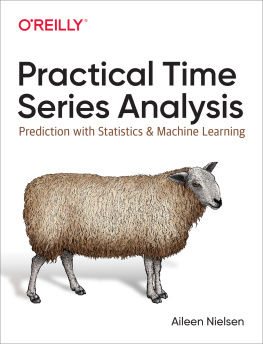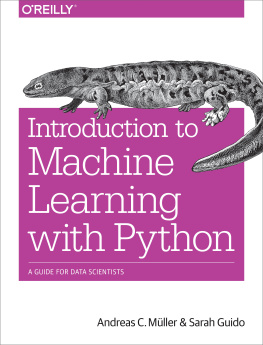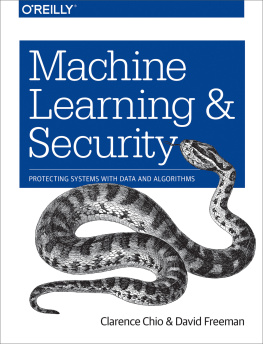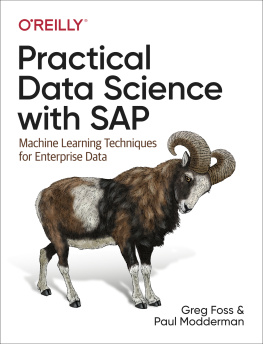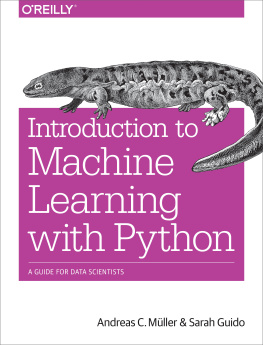Nfonsang - Linux Fundamentals: A Practical Guide for Data Scientists, Machine Learning Engineers, and IT Professionals
Here you can read online Nfonsang - Linux Fundamentals: A Practical Guide for Data Scientists, Machine Learning Engineers, and IT Professionals full text of the book (entire story) in english for free. Download pdf and epub, get meaning, cover and reviews about this ebook. year: 2021, genre: Computer. Description of the work, (preface) as well as reviews are available. Best literature library LitArk.com created for fans of good reading and offers a wide selection of genres:
Romance novel
Science fiction
Adventure
Detective
Science
History
Home and family
Prose
Art
Politics
Computer
Non-fiction
Religion
Business
Children
Humor
Choose a favorite category and find really read worthwhile books. Enjoy immersion in the world of imagination, feel the emotions of the characters or learn something new for yourself, make an fascinating discovery.

Linux Fundamentals: A Practical Guide for Data Scientists, Machine Learning Engineers, and IT Professionals: summary, description and annotation
We offer to read an annotation, description, summary or preface (depends on what the author of the book "Linux Fundamentals: A Practical Guide for Data Scientists, Machine Learning Engineers, and IT Professionals" wrote himself). If you haven't found the necessary information about the book — write in the comments, we will try to find it.
Nfonsang: author's other books
Who wrote Linux Fundamentals: A Practical Guide for Data Scientists, Machine Learning Engineers, and IT Professionals? Find out the surname, the name of the author of the book and a list of all author's works by series.
Linux Fundamentals: A Practical Guide for Data Scientists, Machine Learning Engineers, and IT Professionals — read online for free the complete book (whole text) full work
Below is the text of the book, divided by pages. System saving the place of the last page read, allows you to conveniently read the book "Linux Fundamentals: A Practical Guide for Data Scientists, Machine Learning Engineers, and IT Professionals" online for free, without having to search again every time where you left off. Put a bookmark, and you can go to the page where you finished reading at any time.
Font size:
Interval:
Bookmark:
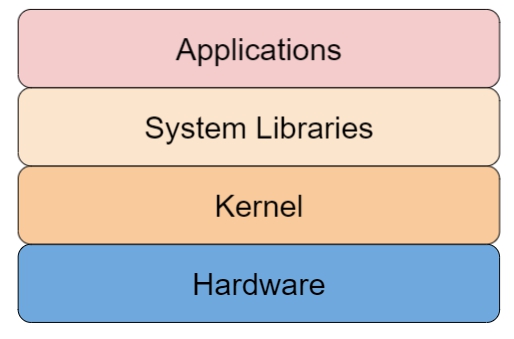
- Device management : all input and output devices are managed by the kernel.
- Memory management: the kernel keeps track of used and unused memory, implements virtual memory, allocates memory for user programs and so on.
- Process management : the kernel assigns enough time for processes and prioritizes processes.
- Handling system calls : a user application can ask the kernel to perform certain tasks. Programs use system calls to execute certain operations. System libraries are functions or programs used to access the kernels features. Standard libraries are procedures for communicating with the kernel. When applications place system calls for the kernel to perform certain tasks, the system calls are usually not invoked directly but through libraries.
- Bourne Again shell (bash)
- Bourne shell (sh)
- C shell (csh)
- Korn shell (ksh)
- TC shell (tcsh)
- Authentication - password protection is provided by assigning passwords and login IDs to users.
- Authorization - users are provided with the permissions to read files, write on files or execute programs; hence users are restricted on what they may or may not do on the computer.
- Encryption - files are converted into a format that is not readable.
- local computers,
- local virtual machines (VirtualBox or VMware workstation), and
- remote machines in the cloud environment (AWS or Azure)
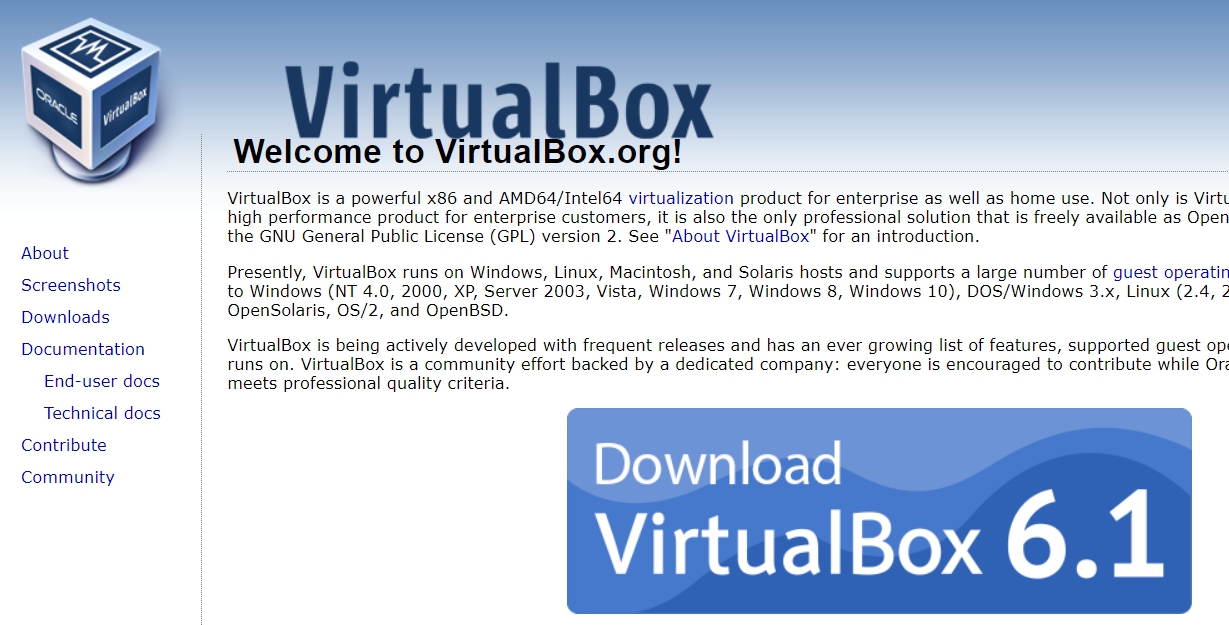
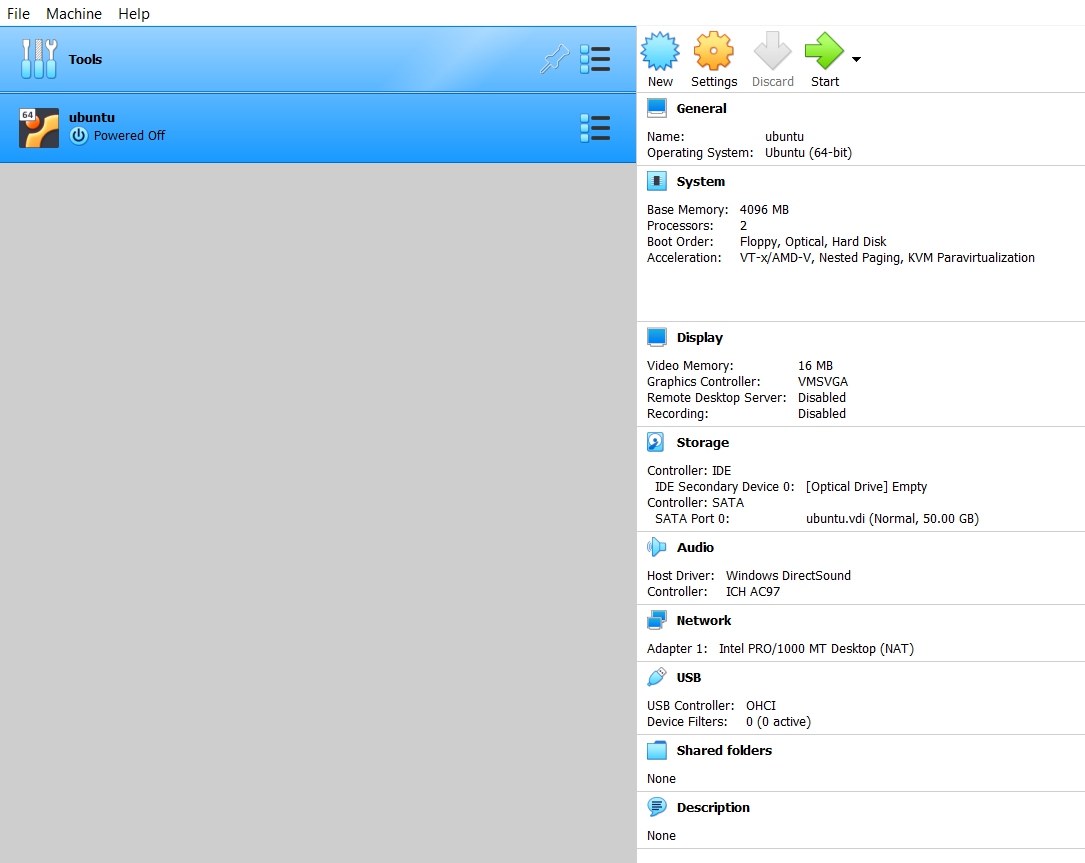

Font size:
Interval:
Bookmark:
Similar books «Linux Fundamentals: A Practical Guide for Data Scientists, Machine Learning Engineers, and IT Professionals»
Look at similar books to Linux Fundamentals: A Practical Guide for Data Scientists, Machine Learning Engineers, and IT Professionals. We have selected literature similar in name and meaning in the hope of providing readers with more options to find new, interesting, not yet read works.
Discussion, reviews of the book Linux Fundamentals: A Practical Guide for Data Scientists, Machine Learning Engineers, and IT Professionals and just readers' own opinions. Leave your comments, write what you think about the work, its meaning or the main characters. Specify what exactly you liked and what you didn't like, and why you think so.

